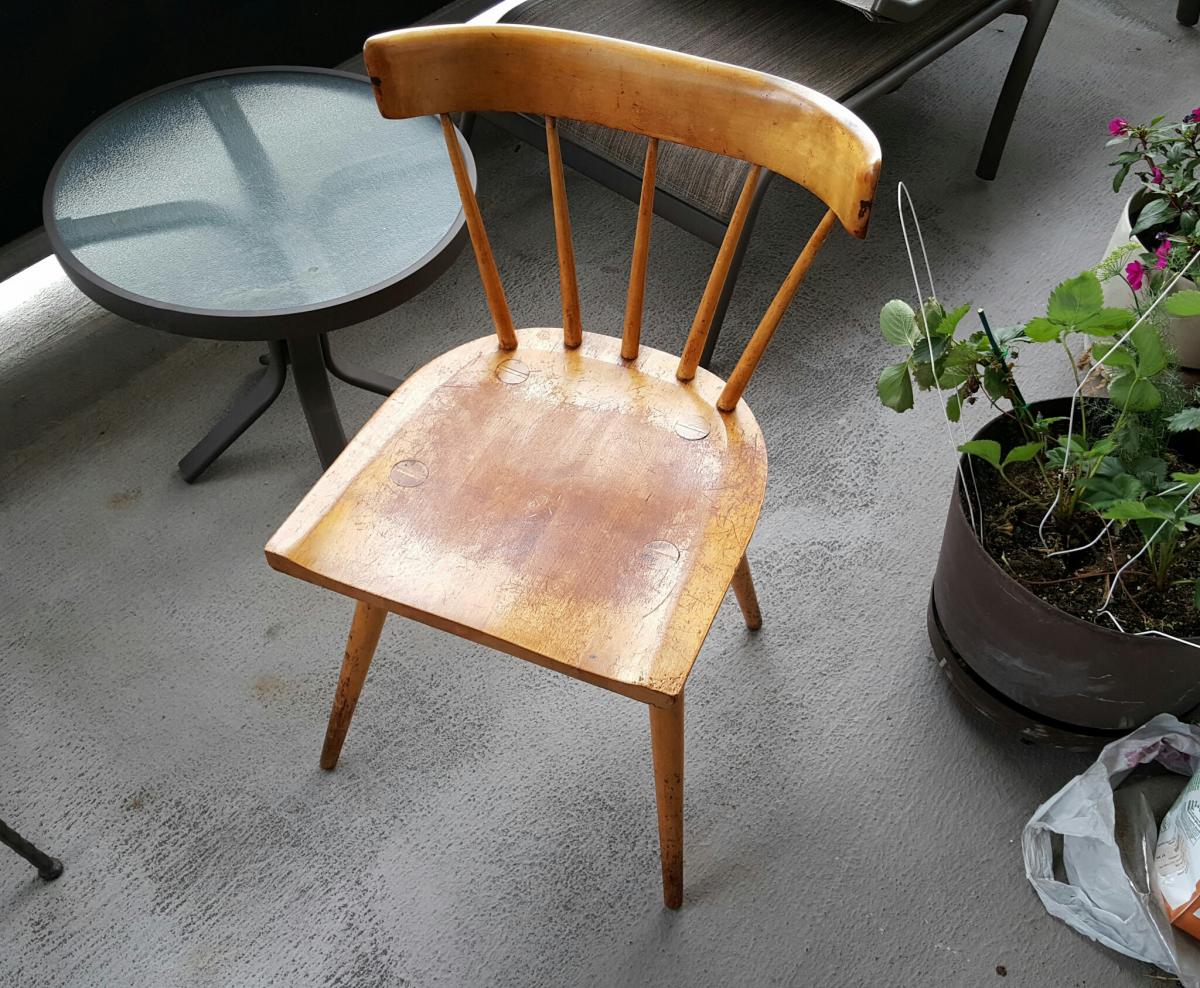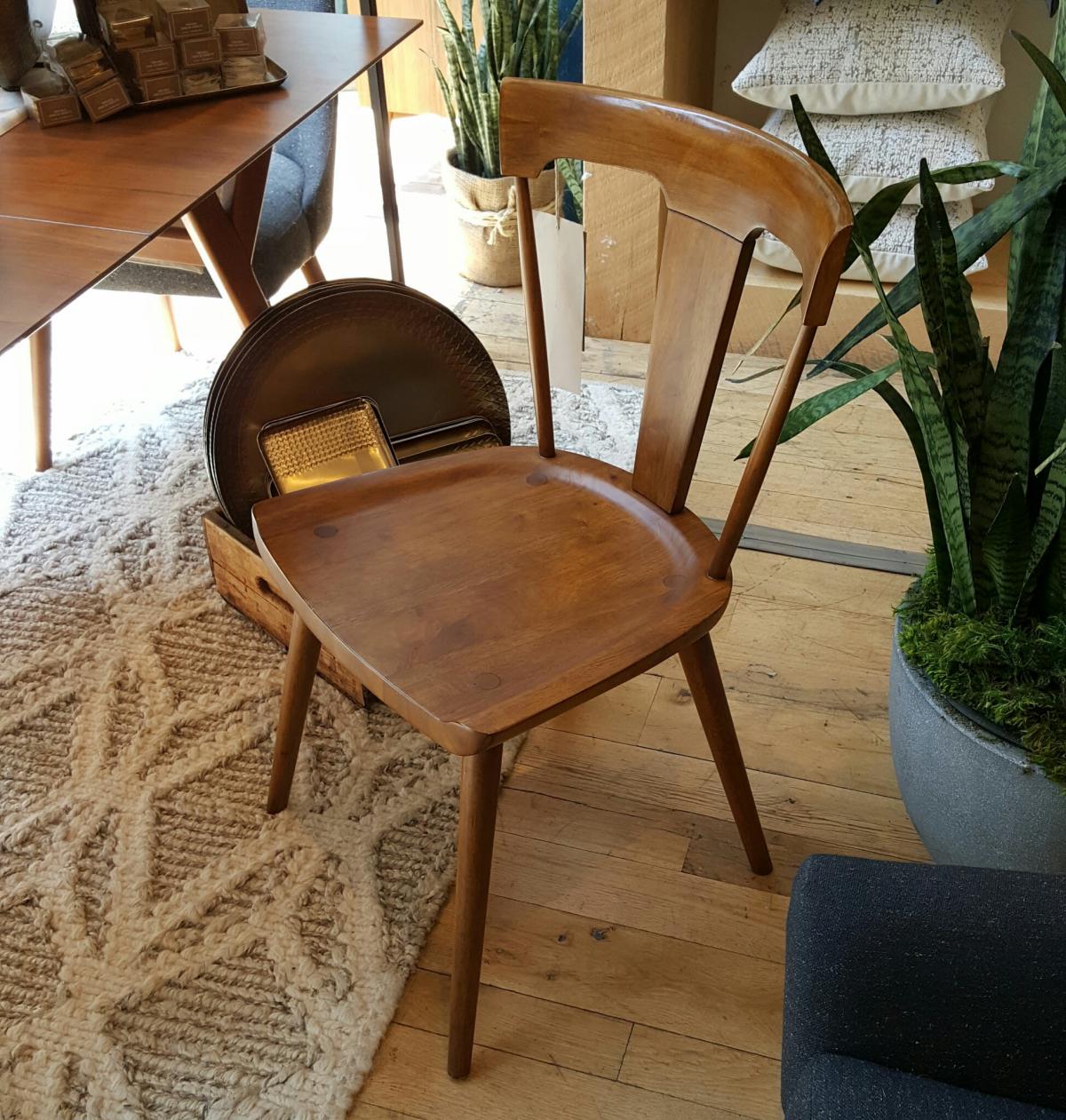|
|
|
 Joel's Blog Joel's Blog |
 Built-It Blog Built-It Blog |
 Video Roundup Video Roundup |
 Classes & Events Classes & Events |
 Work Magazine Work Magazine |
| Newer Entries... | |
 | English Patternmaker's Paring Chisels - 10/05/2016 |
 | Wisner Tool - 09/28/2016 |
 | Krenov Quality Plane Irons - 09/14/2016 |
 | Gabba Gabba Hey! - 08/17/2016 |
 | Summer News! - 08/10/2016 |
 | The Unisphere - 08/03/2016 |
 | A Walk Up Fourth Avenue - 07/31/2016 |
 | The Joiner and Cabinetmaker - Free Downloads - 07/27/2016 |
 | Chisel Detective - 07/13/2016 |
 | Chairs from China - 07/06/2016 |
 | Architectural Woodwork and a Look at Thomas Moser - 06/29/2016 |
 | Two New Books for Tool Collectors - 06/22/2016 |
 | Which Festool Sander Should I Get? - Updated - 06/15/2016 |
 | A Thrilling Visit to the Pennsylvania Academy of The Fine Arts - 06/08/2016 |
 | Physical Graffiti - 06/01/2016 |
 | Sharpening With Diamond Stones - Conclusions - 05/25/2016 |
 | YouTube: Woodworking In Asia - 05/18/2016 |
 | The Saw-Book Quarterly January 1903 - 05/04/2016 |
 | Big Discounts on Festool Vacuums, Demo Days, and Sharpening Classes, and Surprise Sale Bin Stuff - 04/27/2016 |
 | The Old Merchant's House - 04/20/2016 |
| Older Entries... | |
|
Hours: M-F 9:00-5:00, closed Sat,Sun Our Guarantee & Return Policy Shipping and Sales Tax Info Privacy Policy Holiday Calendar |
|
Contact Us:
Email: support@toolsforworkingwood.com Phone: 800-426-4613 or 718-499-5877 Visit Us in Brooklyn: Directions to Our Showroom © 1999-2019 toolsforworkingwood.com Powered by 01 Inc. Coded entirely in NYC |



 About 65 years ago my father bought six Danish dining chairs and a glass-topped table to go with them. The table ended up with my cousin many years ago, and I've had the chairs for over twenty years. The chairs are light and strong, but mass produced. The legs aren't attached as well as they should be, and 65 years of use have taken their toll. I love the chairs' devoted service to my family and their utilitarian but elegant lines. (This photo is a little deceptive - the dining chair doesn't usually hang out on my balcony, but -- as in the old joke -- the light was better here.)
About 65 years ago my father bought six Danish dining chairs and a glass-topped table to go with them. The table ended up with my cousin many years ago, and I've had the chairs for over twenty years. The chairs are light and strong, but mass produced. The legs aren't attached as well as they should be, and 65 years of use have taken their toll. I love the chairs' devoted service to my family and their utilitarian but elegant lines. (This photo is a little deceptive - the dining chair doesn't usually hang out on my balcony, but -- as in the old joke -- the light was better here.) When I thought about my experience at West Elm I realized that what is being sold is not a well made chair that is less expensive because it came from China, but a poorly made chair that is designed to look stronger than it is, made out of a random rain forest wood that the company can't even identify, sold by a multinational company. I bet it is far more profitable to sell this chair than the Moser chair. I assume, however, that West Elm employees earn less than the Moser counterparts just because the commission on a sale of a more expensive item would be higher.
When I thought about my experience at West Elm I realized that what is being sold is not a well made chair that is less expensive because it came from China, but a poorly made chair that is designed to look stronger than it is, made out of a random rain forest wood that the company can't even identify, sold by a multinational company. I bet it is far more profitable to sell this chair than the Moser chair. I assume, however, that West Elm employees earn less than the Moser counterparts just because the commission on a sale of a more expensive item would be higher.
A recent example is LG has just released a 65 inch "signature series" OLED TV - $11K retail. 1 year warranty. The "Signature series" claim is certainly embodied in the price, how about a 10-year "Signature series" warranty. Nope, same 1 year warranty as a $700 TV.
So that's the first problem. The second problem, because of the warranty issue, is that people see a chair 1/5th the price and think "Well, heck, even if I had to replace it 5 times" I'm no worse off. This is sad to see.
I hear this argument all the time with power tools - buy a $30 home-brand drill from a Big Box store versus a Makita or Dewalt or whatever at 5 times the price. I've even heard of tradies taking this approach for lesser-used tools (tradies have the additional issues of leaving them inadvertently on job sites, or their vans being broken into and tools stolen, or dropping them off roofs, etc).
When you apply the above argument to furniture, you get the "additional bonus" (in the person's mind) that "If I have to replace it, I don't necessarily have to get the same thing". Or a variation on the argument which becomes "Well I don't know if I'm going to want the same piece of furniture for 30 years anyway, so a chair that lasts 30+ years is a moot point".
We've been slowly brainwashed into becoming a throwaway society. We've been slowly brainwashed to want and desire the latest trends. For many of us, anything "old" is "second best". I am guilty of this myself. When it comes to tools, I could count on one hand the number of tools that I own that I did not purchase brand new. On the other hand, when it comes to tools, I buy [within reason] very high quality tools such as Festool, LN, Lee Valley, and I hope that the hand-tools outlast me because I get enjoyment from superlative tools versus mediocre ones and I like the thought of these tools ending up in someone else's hands, where the tool is just as respected in the future as it is now.
"LIFETIME GUARANTEE
If within the first 30 days after receiving any standard Thos. Moser product you do not remain completely satisfied with your purchase, we will provide you with a refund for the price of your piece or rebuild it. Proper care will ensure a lifetime of satisfied use from your Thos. Moser furniture. Should our furniture fail at any time during the life of the original owner because of workmanship or a failure of the wood materials, we will either repair or replace it. Upholstery components such as fabrics, leather, cane, and foam are warranted for a period of 5 years against material failure. Some customer requested wood species, finishes, fabric selections and modifications are excluded."
Disclaimer: I wanted to get some Amish made ladder back chairs but was shot down.
That's Awesome! Thanks for letting me know. This goes BTW completely against family lore.
joel
I love my Lee Valley planes and chisels. But when I started in woodworking with a young family and a modest income job it was Craftsman or nothing.
Then there's the issue of moving. We are a society of movers. The average American, I've read, moves every five years. Will the Moser chairs fit into every home and apartment a person will move into in their lifetime? Or is it better to buy fairly cheap and give things away rather than pay the high cost of moving to a new home where the good things might not fit in? (Try fitting a big Moser dining room set you bought for your 4,000 foot home on Long Island into the 1,100 sf apartment you're lucky to find when you have to move to San Francisco.)
It would be great if we could all afford Rolls Royces, Moser furniture, Dyson vacuums, and the homes and garages to go with them. But there's a need for those who can't afford those things still to be able to own chairs and cars and vacuums.